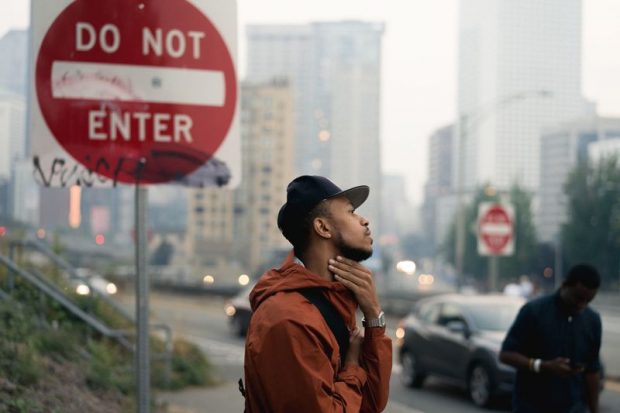The 5-Minute Rule for Framing Streets
Wiki Article
The Basic Principles Of Framing Streets
Table of ContentsA Biased View of Framing StreetsWhat Does Framing Streets Do?Framing Streets Fundamentals ExplainedThe Single Strategy To Use For Framing StreetsExamine This Report on Framing StreetsUnknown Facts About Framing Streets
Photography category "Crufts Dog Show 1968" by Tony Ray-Jones Road digital photography (also sometimes called honest digital photography) is photography performed for art or query that features unmediated chance experiences and arbitrary incidents within public places, normally with the aim of recording pictures at a crucial or emotional moment by cautious framework and timing. 
, who was motivated to carry out a similar paperwork of New York City. As the city developed, Atget aided to promote Parisian streets as a worthwhile topic for digital photography.

7 Easy Facts About Framing Streets Shown
Martin is the initial videotaped digital photographer to do so in London with a disguised video camera. Mass-Observation was a social research organisation established in 1937 which intended to tape-record day-to-day life in Britain and to tape-record the responses of the 'man-in-the-street' to King Edward VIII's abdication in 1936 to marry separation Wallis Simpson, and the sequence of George VI. In between 1946 and 1957 Le Groupe des XV annually showed work of this kind. Andre Kertesz. Circus, Budapest, 19 May 1920 Road digital photography formed the significant material of 2 exhibitions at the Museum of Modern Art (Mo, MA) in New york city curated by Edward Steichen, 5 French Photographers: Brassai; Cartier-Bresson, Doisneau, Ronis, Izis in 1951 to 1952, and Post-war European Digital Photography in 1953, which exported the idea of road digital photography worldwide.
Framing Streets for Beginners
The recording maker was 'a surprise electronic camera', a 35 mm Contax hidden below his layer, that was 'strapped to the breast and connected to a lengthy cable strung down the appropriate sleeve'. His work had little contemporary impact as due to Evans' level of sensitivities about the creativity of his project and the privacy of his topics, it was not released until 1966, in the publication Lots of Are Called, with an introduction written by James Agee in 1940.Helen Levitt, then a teacher of young kids, related to Evans in 193839. She recorded the transitory chalk drawings - copyright Camera that belonged to youngsters's road culture in New York at the time, along with the children who made them. In July 1939, Mo, MA's brand-new photography area included Levitt's operate in its inaugural exhibitionRobert Frank's 1958 publication,, was considerable; raw and typically out of emphasis, Frank's pictures questioned traditional digital photography of the time, "challenged all the formal regulations laid down by Henri Cartier-Bresson and Walker Evans" and "flew in the face of the wholesome pictorialism and wholehearted photojournalism of American magazines like LIFE and Time".
Report this wiki page